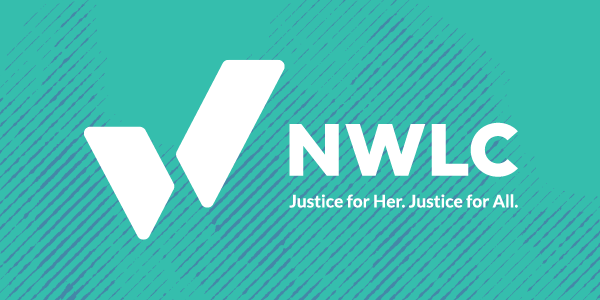Please Stop Using the Phrase “Child Care Desert.”

Heather Thompson thought she had everything under control.
After all, she had started her search for child care while only five months pregnant. But when she called 42 daycares in Champaign County, Illinois… none of them had openings.
More than half of the U.S. population live in so-called “child care deserts,” defined by the Center for American Progress as “areas with an insufficient supply of licensed child care.” The existence of child care deserts is largely due to the persistent underfunding of the child care system, which makes it challenging to start or sustain a child care program and challenging for families to afford the options that do exist. And when families cannot access stable child care, it is difficult or impossible for parents to work or advance in their jobs. From a general perspective, the term “child care desert” is helpful in highlighting the limited accessibility of child care. However, the term overlooks license-exempt care.
I’m glad that we are talking about child care accessibility issues. Really, it’s about time.
But I, and many other advocates, take issue with the phrase “child care desert,” because it obscures and further stigmatizes the existence of Family, Friend, and Neighbor (FFN) Care.
To give a quick definition, FFN care is generally license-exempt child care in a provider’s home for a small group of children. Providers may offer care for a short-term or long-term period and can be paid or unpaid. Many families prefer FFN care over licensed child care centers or licensed family child care homes due to the enhanced trust, continuity of care, flexible hours, and/or shared language and culture. Families with very young children, families with children who have disabilities, immigrant families, and parents working nontraditional hours often prefer FFN care for these reasons.
The Center for American Progress acknowledges that many families rely on FFN care, but notes FFN care could not be included in its child care desert analysis because states do not generally keep records of license-exempt providers. However, the exclusion of FFN care in child care desert data is one instance of a larger problem: FFN is typically excluded from policy conversations.
For a long time, many policymakers have—unfairly—considered FFN care lower quality and unsafe. As a result, investments and legislation to improve child care often leave FFN families and providers out in the cold. FFN providers could benefit from supports such as professional development, educational materials for children, child care assistance programs, and connections to other caregivers, yet they are often not given the same access to these supports as other types of providers. These supports would be particularly crucial for the many FFN caregivers serving marginalized and underrepresented communities. Investing in these providers would be a step toward addressing decades of inequity in the child care system.
Overall, the term “child care desert” (and the assumption that child care should be center-based or at least licensed to be considered quality) ignores the substantial number of providers who work without recognition. By legitimizing FFN care in both language and policy, we increase options for parents/guardians and respect their autonomy in choosing what is best for their families.




